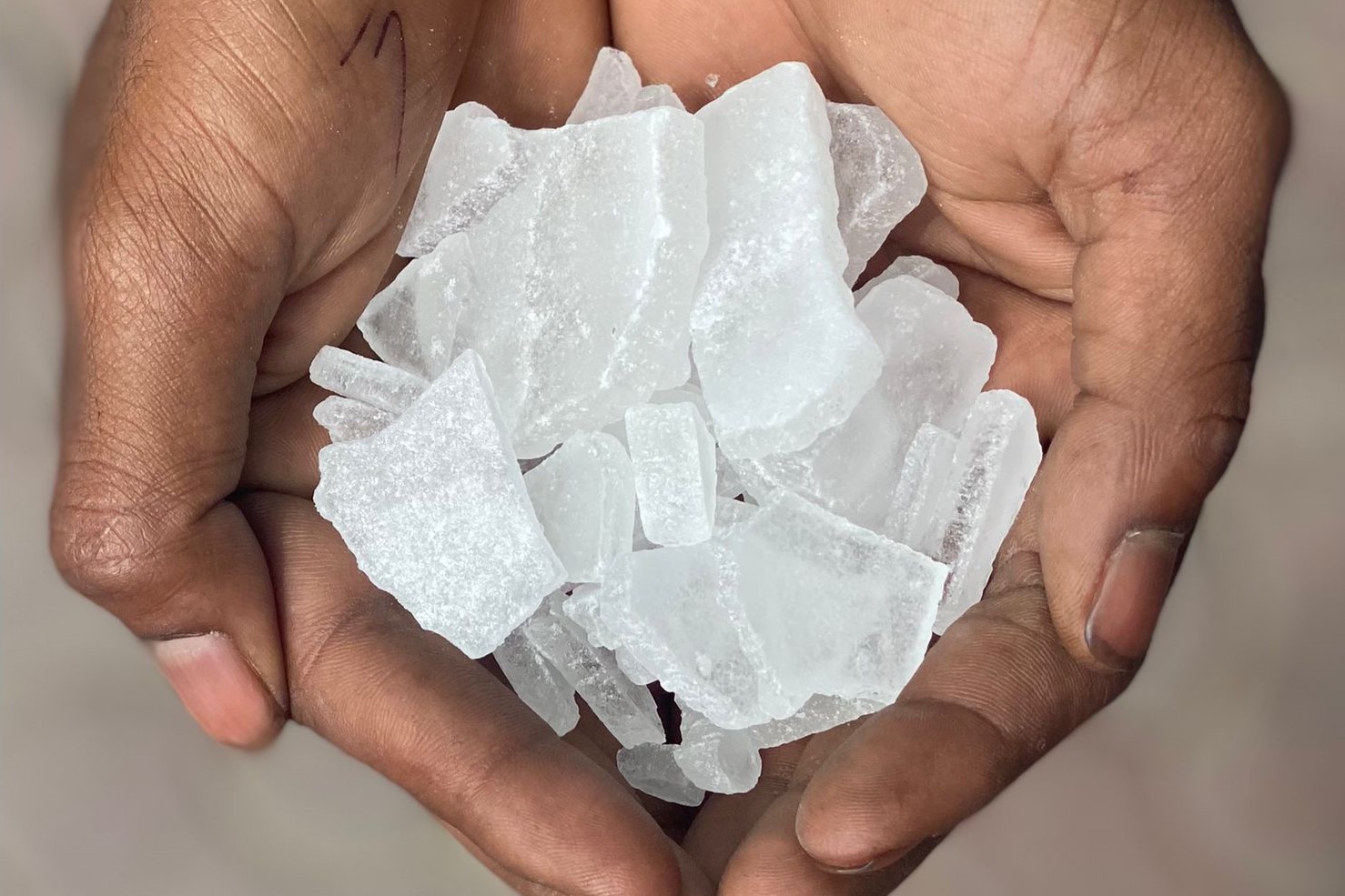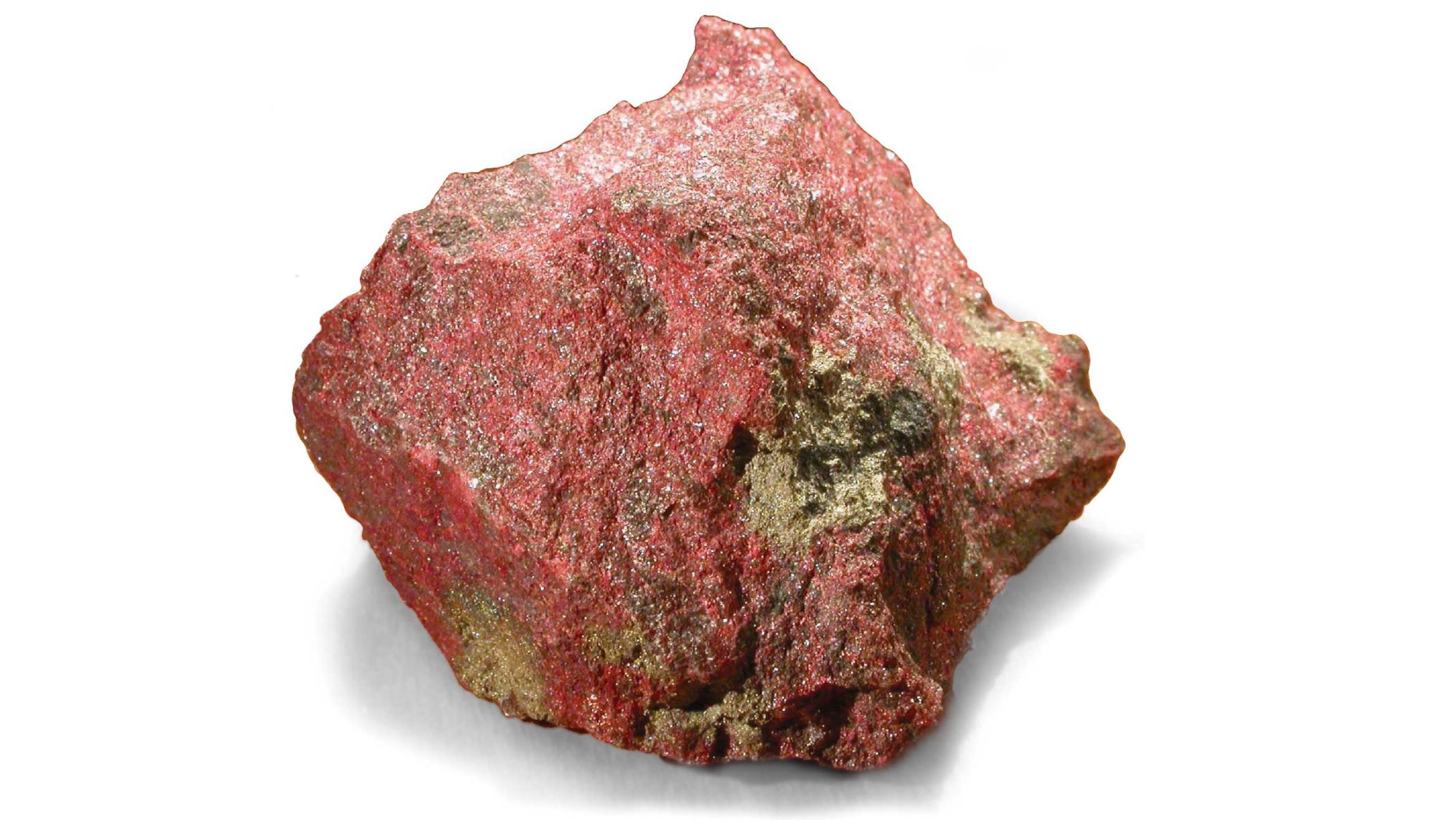
Camphor is a fascinating substance with a rich history and a variety of uses. Derived from the wood of the camphor tree, this white, crystalline substance has been utilized for centuries in medicine, cooking, and even spiritual practices. But what exactly makes camphor so special? Camphor is known for its strong, aromatic scent and its ability to relieve pain, reduce inflammation, and even repel insects. It's a staple in many households, especially in Asia, where it's used in traditional remedies and rituals. Whether you're curious about its medicinal properties or its role in cultural practices, these 50 facts about camphor will enlighten you on why this natural wonder has stood the test of time.
Key Takeaways:
- Camphor, derived from the camphor laurel tree, has been used for centuries in traditional medicine, aromatherapy, and even as a fumigant to ward off evil spirits.
- With its antiseptic, anti-inflammatory, and cooling properties, camphor offers health benefits such as relieving nasal congestion, treating minor cuts, and soothing irritated skin.
What is Camphor?
Camphor is a white, crystalline substance with a strong aroma. It has been used for centuries in various cultures for its medicinal, aromatic, and therapeutic properties. Here are some fascinating facts about camphor.
- Camphor is derived from the wood of the camphor laurel tree, native to Asia.
- It can also be synthesized from turpentine oil.
- The chemical formula for camphor is C10H16O.
- Camphor has a melting point of 175-177°C (347-351°F).
- It is highly flammable and burns with a bright flame.
- Camphor is used in traditional medicine to treat coughs, colds, and congestion.
- It has anti-inflammatory properties, making it useful for treating arthritis and muscle pain.
- Camphor can be used as a topical analgesic to relieve pain and itching.
- It is an ingredient in many over-the-counter chest rubs and balms.
- Camphor is also used in aromatherapy to promote relaxation and reduce stress.
Historical Uses of Camphor
Camphor has a rich history and has been utilized in various ways across different cultures. Let's explore some historical uses of camphor.
- Ancient Egyptians used camphor in the mummification process.
- In medieval Europe, camphor was used as a remedy for the plague.
- Camphor was a key ingredient in traditional Chinese medicine.
- It was used in Ayurvedic medicine in India for its healing properties.
- Camphor was once used as a fumigant to ward off evil spirits.
- During the 19th century, camphor was used in the production of celluloid, an early form of plastic.
- It was also used in the manufacture of smokeless gunpowder.
- Camphor was a popular ingredient in early perfumes and cosmetics.
- It was used as a preservative for books and manuscripts.
- Camphor was believed to have aphrodisiac properties in some cultures.
Modern Applications of Camphor
Today, camphor continues to be a versatile substance with numerous applications. Here are some modern uses of camphor.
- Camphor is used in the production of mothballs to repel insects.
- It is an ingredient in some insect repellent sprays and lotions.
- Camphor is used in the manufacture of fireworks for its flammability.
- It is an additive in some types of varnish and lacquer.
- Camphor is used in the production of certain types of plastics.
- It is an ingredient in some air fresheners and deodorizers.
- Camphor is used in the treatment of fungal infections.
- It is an ingredient in some anti-itch creams and ointments.
- Camphor is used in the production of certain types of rubber.
- It is an ingredient in some types of soap and shampoo.
Health Benefits of Camphor
Camphor offers a range of health benefits, making it a valuable addition to many home remedies. Here are some health benefits of camphor.
- Camphor can help relieve nasal congestion and improve breathing.
- It has antiseptic properties, making it useful for treating minor cuts and wounds.
- Camphor can help reduce inflammation and swelling.
- It has a cooling effect, which can soothe irritated skin.
- Camphor can help alleviate headaches when applied to the temples.
- It can be used to treat acne and other skin conditions.
- Camphor can help improve circulation when used in massage oils.
- It has antifungal properties, making it effective against athlete's foot.
- Camphor can help relieve symptoms of bronchitis and other respiratory conditions.
- It can be used to treat insect bites and stings.
Interesting Facts about Camphor
Camphor has some unique characteristics and interesting trivia associated with it. Here are some fun facts about camphor.
- Camphor trees can live for over 1,000 years.
- The camphor tree is also known as Cinnamomum camphora.
- Camphor was once used as a flavoring agent in sweets and beverages.
- It is toxic if ingested in large quantities.
- Camphor can cause seizures if used improperly.
- The scent of camphor is often described as similar to eucalyptus.
- Camphor can be absorbed through the skin and mucous membranes.
- It is used in some traditional religious ceremonies in Asia.
- Camphor is sometimes used as a natural pesticide in gardens.
- The largest camphor tree in the world is located in Japan and is over 1,500 years old.
Camphor's Fascinating World
Camphor's rich history and diverse uses make it a truly remarkable substance. From ancient rituals to modern medicine, this versatile compound has found its way into countless aspects of human life. Its ability to soothe pain, repel insects, and even enhance spiritual practices showcases its unique properties. Understanding camphor's benefits and applications can help you appreciate its role in both traditional and contemporary settings.
Whether you're using camphor in your home remedies or simply curious about its origins, there's no denying its impact. Next time you encounter camphor, remember the fascinating journey it has taken through history. Embrace its many uses and consider how this natural wonder can enhance your daily life. With its myriad benefits, camphor remains a valuable and intriguing part of our world.
Frequently Asked Questions
Was this page helpful?
Our commitment to delivering trustworthy and engaging content is at the heart of what we do. Each fact on our site is contributed by real users like you, bringing a wealth of diverse insights and information. To ensure the highest standards of accuracy and reliability, our dedicated editors meticulously review each submission. This process guarantees that the facts we share are not only fascinating but also credible. Trust in our commitment to quality and authenticity as you explore and learn with us.


